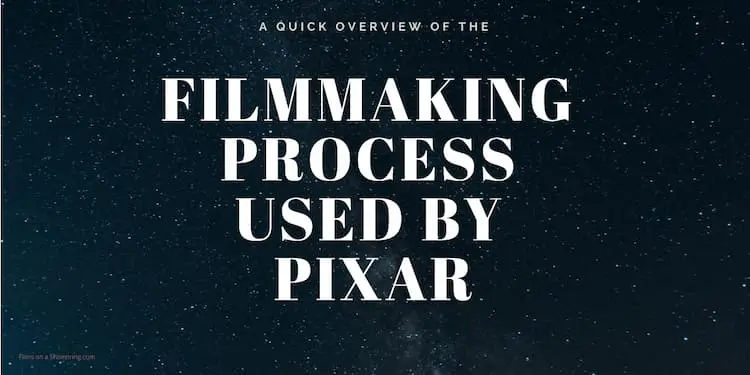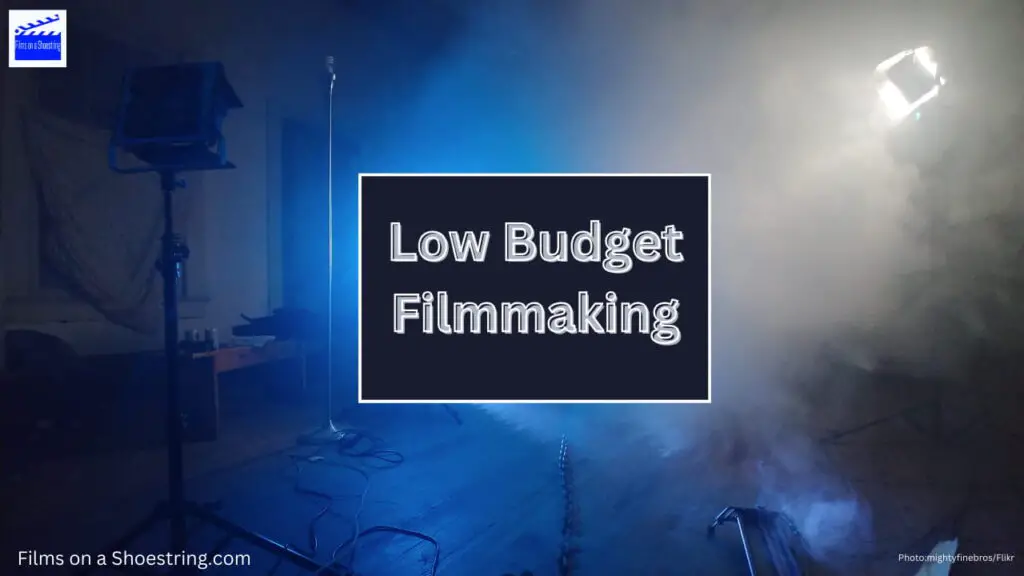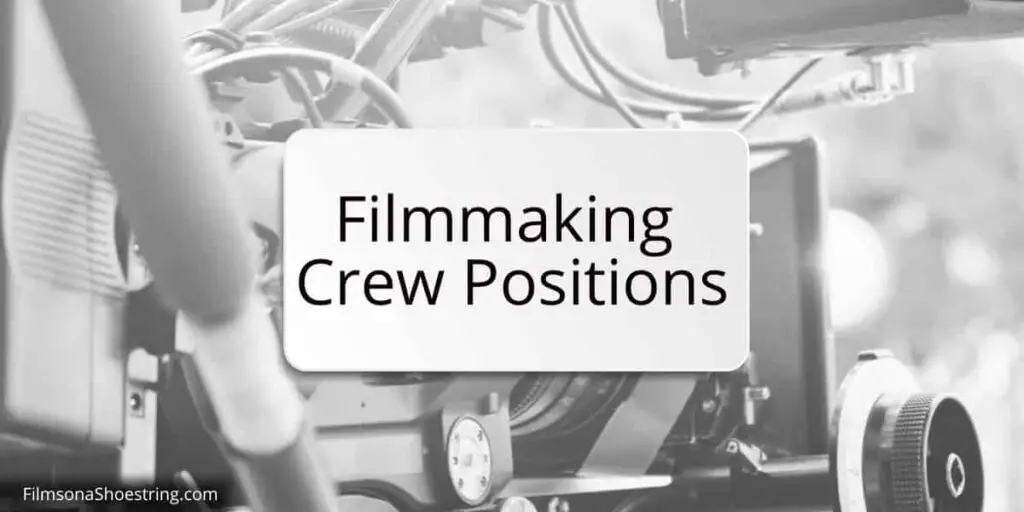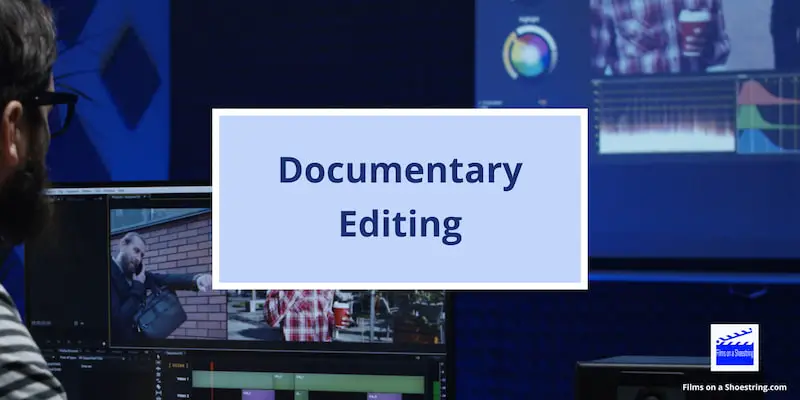Pixar revolutionised the animated film industry with the release of Toy Story in November 1996. Since then many millions of people have enjoyed one successful Pixar animated movie after another. We’ll take a quick look at the filmmaking process used by Pixar Animation Studios to understand how they deliver films that the audience embraces and loves.
Pixar Animation Studios
In 1986, Pixar emerged out of the Graphics Group at Lucasfilm, which had initially been set up by headhunting a small group of employees from the Computer Graphics Lab (CGL). Pixar struggled financially and creatively, even under the ownership of Steve Jobs, who unsuccessfully looked for buyers. The computer animation technology of the day could not deliver quality results, so focus was on the development of the Pixar Image Computer and custom software, including RenderMan and Typestry, although there continued to be an active animation department run by John Lasseter. But the company continued to lose money, and by 1991 just 42 Pixar employees were left.
Then in stepped Walt Disney Animation Studios, who had used Pixar software to create The Black Cauldron, released in 1985. They offered Pixar a $26 million deal to produce three computer-animated feature films, and later confirming that Disney would distribute Toy Story for the 1995 Christmas season. With the movie was tipped for success, Steve Jobs now stepped in as CEO.
The relationship between Pixar and Disney ran into stormy ground over the next few years, even though the collaboration was a financial success for both parties. In 2006, Pixar was bought by Disney, but remains a separate entity. Pixar Animation Studios is responsible for its own projects, and the same applies to the Walt Disney Animation Studios.
The average international gross per Pixar film comes in at more than $550 million (£370 million). Favorite Pixar film characters are replicated on everything from Disney parades to children’s dressing up costumes, books, toys, and activity packs. Many of the Pixar films also found critical acclaim, winning dozens of industry awards.
Long Term Team
Hear how three Pixar employees got a job at Pixar Animation Studios, in their own words.
YouTube: Three Pixar Employees Share How They Got a Job at the Studio | ScreenSlam
How has Pixar Animation Studios been at the forefront of this revolution in animation processes in recent decades? Much of its success was holding on to the best professionals for one Pixar movie after another.
Normally, productions hire their freelance professionals for just one project. At the end, everyone moves on to work on something else.
But many of the creative and animation team at Pixar moves from project to project, including writers, directors, animators and technicians. They’re often looking for new team members in a way unimaginable across much of the industry.
That cuts down a lot of the learning curves about the job, the system and the people involved. It also builds up an environment in which people can confidently critique ideas within long term relationships. Getting ideas tested and rejected early means those that get through stand up to scrutiny, and the weaker ones are discarded before the time and money spent on them makes them too expensive to abandon.
Being based in one centre at Emeryville in California also means different teams get to know each other and can quickly chat through problems and solutions face-to-face.
The critiquing process happens throughout the fimmaking process. Each day, the animated film sections created the previous day are reviewed in a screening room by animators and the director. Each frame is examined and discussed. No matter where they sit in the hierarchy, everyone is invited to contribute an opinion and everyone is expected to carefully consider the comments.
Each project also receives reviews from Pixar’s brain trust every few months. What started as a happy accident when five men leading and editing Toy Story’s sometimes fraught production, the Pixar brain trust is now famed for its ability to make a lot of important decisions in a short amount of time. The group of senior creative staff review and discuss each Pixar film in production with the director and other key managers. If something is going wrong, they’ll help find solutions which sometimes means major revisions.
The Storywriting Process
Animation is one form of storytelling. Without a great story and strong characters who connect with the audience, Pixar’s award winning films would never have become so central to the history of the animated movie industry.
Not surprisingly, Pixar has teams of writers continually bouncing ideas around and feeding off of each others creativity. It’s one of many reasons Pixar’s storytellers are the best in the business.
There are even residential sessions for the creative teams at places such as the Californian cabin at Poet’s Loft, 75m north of San Francisco. Everyone works on plot ideas, with draft scripts and storyboard sketches signalling the look and feel of each scene.
Visual Development
Characters form through digital illustration, hand drawn illustrations, or even clay sculptures scanned into the software.
Simulation comes later, when textures are added. Fur, hair and fabric all take a lot of work so the creative and technical teams work out what is possible within the time and financial targets. We’ll look at this shortly.
The Story Reel
Several months in, the story reel is screened to key team members and an audience. The story reel created a rough draft of the animated film using tens of thousands of sketches. The accompanying character dialogue is prerecorded by Pixar employees.
It’s rudimentary, but a good measure of what works for an audience and which elements need to change.
The art director creates an impressionistic digital version of each scene, which is an important step in defining the style and lighting schemes.
Then a 3D dressed set is created, and the characters placed within it. The director works out the best way to capture the action in each scene, and the camera movements needed to achieve this.
Voice Actors
Voice actors use more than their voices when recording their Pixar scripts, giving the characters life and energy.
(YouTube) Toy Story: Tom Hanks, Tim Allen, Cast Voice Recording Behind The Scenes (Broll) | ScreenSlam
The voice actors used by Pixar are usually bankable names. It costs more, but is great for publicity and helping audiences connect quickly to the animated characters in the movie. Also, experienced actors know what to do in the recording studio, because despite appearances it’s far from easy.
Voice actors come into the Pixar Animation Studios at Emeryville, California, where cereal and scooters abound. Animators have highly personalised offices and there are even working bars on offer. But in the recording studio laying down the vocal tracks requires fierce concentration. Each line is read dozens of times, with the emphasis and tones constantly shifting to capture the perfect speech to each any every phrase.
The voice actors are also filmed as they work. Then the animators use this film footage to capture the facial expressions and slightest body movements in their animations.
Simulation
What does Pixar use to animate humans, fur, water, movement and light? A piece of code or an algorithm known as a shader is added to the render of a scene to add colour and textures to surfaces. Software, film, and a lot of intensely focused Pixar artists and technicians. Let’s take a look at some of the major achievements this team has made over recent decades.
Animating Humans
In the original Toy Story, we see a lot of shots of hands and feet from a toy’s perspective.
But it was also a creative solution to the time consuming animation of clothing, and the difficulties of animating fully formed human characters. The technology was slowly built up on later Pixar movies, but it was 2004 before The Incredibles brought Pixar’s first fully human cast to the screen.
Each character is defined by up to 1,000 points of possible movement, known as avars. Using the avars, the Pixar animators select how the characters move in each scene.
Some of the characters in Toy Story were not fully lit, because with 1990s technology that was a practical solution to the missing details. Again, Pixar has broken through the technological barriers over time.
Loom technology eventually allowed Pixar to get the shading right on the many layers of clothing which have a very precise interaction with movement and light.
By 2017’s Coco, the technique called continuous collision detection allowed animators to identify and rectify the simulated clothing getting caught in the individual bones of the moving skeletons, even though the human eye would probably miss it happening.
Clothing in animation is far from easy. Find out more how Pixar animators overcame some of the complex challenges they faced, thanks to simulation software.
But even today, the further the character is into the background, the less detailed their movement and appearance needs to be. The time and resources available need to focus on the characters and items the audience is most likely to be looking at in each moment.
Animating Fur
Sully, one of the key characters in Monsters, Inc., covered in hairs…over a million of them. But hair doesn’t sit flat, and needs to move realistically in response to the character’s movement. So Pixar created the Simulation software, to tackle each individual hair. In the meantime, the team examined how clumps of fur on real animals moves, such as llamas.
But this isn’t a matter of letting the computer do its own thing. Each animator works for months on small details to make sure the computer animation is as realistic as possible.
This process of automated movement for fur is very different to adding points of movement to characters, where limbs are usually added manually according to the scene.
The technology has not only gone on to make highly realistic animated fur in a variety of subsequent movies, but it’s also helped develop the submarine moss in Finding Nemo, and the movement of grass in Cars.
Animating Water
Finding Nemo is set underwater. That affects how light looks and moves, the visability and colour close up and far away. To get the most realistic effects, the Pixar team filmed underwater clips, and then tried to work out the essential elements to recreate it on the computer image.
In 2007’s Ratatouille, the detailed techniques applied to the animation of fur and water were combined, to create realistic wet fur.
In 2015, The Good Dinosaur showed how the Pixar team had got to grips with the movement of water in rivers.
And by Toy Story 4, the same attention to animating water focused on falling rain. Each frame of raindrops was closely analysed. The 2019 audiences had no idea the torrential downpour took so much work.
Creature Movement
Just as the Pixar team started from first principles when examining the movement of fur, they took the same approach to Hank, the octopus in 2016’s Finding Dory.
Perfecting the curve of Hank’s tentacles took six months, to realistically create each unfurled tentacle as it moves in the water. And after that they had to start on Hank’s camouflage.
Altogether, it took almost two years to create Hank for one scene.
Animating Light on Metal
The way light reflects on metal was important when Pixar started work on Cars, released in 2006. By now, their computing power was over a thousand times what it was eleven years earlier when working on Toy Story. It was back to the drawing board, filming and examining real life light movement on metal, perfecting the natural movement on screen.
Pixar build upon the success of their learned techniques, and put the boundaries ever further. So having understood how to animate light on clean metal for Lightning McQueen in Cars, two years later we saw those techniques adapted and applied to the rusty metal surfaces in Wall-E.
Animating Shiny Surfaces
Woody and Buzz are made of plastic, which can be slightly translucent and absorb light. So a subsurface scattering algorithm called a shader was used to make the plastic look realistic.
Bo Peep’s porcelain skin in Toy Story 4 presented another challenge for the Pixar team. Now they looked at the how female characters were lit in classic movies from the 1930s to the 1960s, and used the same effects in their animation. Square lights with sharp edges wouldn’t work on porcelain, so instead the team only used circular lights.
And she wasn’t the only one that needed specialist treatment in You Story 4. There’s also Forky, the plastic fork. Again, lots of time and close attention to the smallest details, to make sure the light moved correctly with every shift in the character’s position.
Rendering
The first animation film was released in 1917. The next few decades was a period of great development and improvement in animation filmmaking, with Disney at the forefront of critical and popular success. But it was combining first rate storytelling with emerging computer software that could handle complex and challenging tasks that was about to change everything for Pixar and the film animation industry.
The animation techniques used in Toy Story was revolutionary for 1995, because of the process of simulating light and shadow through rendering software called RenderMan.
Saving the computer image, with lighting and motion effects, into one single finished video frame, took anywhere from 45 minutes to 30 hours. Then they had to get all those frames into 1,561 shots. Doing this for 114,240 frames took 117 computers running 24 hours a day.
Luckily computers today are way better than those of the 1990s, so today that process could be done in less that the 77 minutes it takes to watch the original movie.
But the frames are now more complex than ever.
There could be 230 lights in one shot of 2007’s Ratatouille. But by 2017, there were eight million lights when Miguel enters the Land of the Dead in Coco. Faces, fur, clothing, walls, surfaces, carpets, grass and everything in between is now rendered to levels unimaginable when a small group of computer scientists joined the newly formed Computer Graphics Lab (CGL) in 1974.
Plus, the aspect ratio in Toy Story in 1995 was 1.85:1, but 25 years later it’s a 2.39:1 aspect ratio.
As a result, the average frame takes about seven hours to render, and there are 24 frames per second in a movie. Rendering each single frame from 2019’s Toy Story 4 took between 60 hours and 160 hours. So the computer servers are still running 24 hours a day, but now there are hundreds of them in two big render farms at the Pixar site.
Audio Mixers
Sound designers, ADR, mixers, foley artists and sound effects editors get to work on on the animated feature film just a few weeks before the release date. They add music, dialogue and foley sounds, mixed to make it clear and sound realistic and hit the right emotional pitch.
Distribution
It was the distribution deal with Disney which gave Toy Story its funding for creation. With Pixar now part of the stable of companies that Disney owns, the collaboration has seen both companies benefit long term.
Final Thoughts
Pixar Animation Studios have been at the forefront of technological and creative development, learning from each challenge successfully tackled and then taking lessons learned to the next project. The ability to openly discuss what works or doesn’t about each idea is an important part the filmmaking process used by Pixar, recognising that no image, however good or clever, can overcome deficiencies in plot or characterisation. Meanwhile, attention to which part of the frame are visually critical and concentrating resources there delivers high quality standards without compromising the limits in time and money. They have enjoyed three decades of success, but are always looking forward to the next challenges to come.






